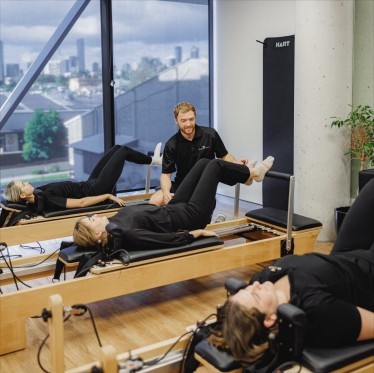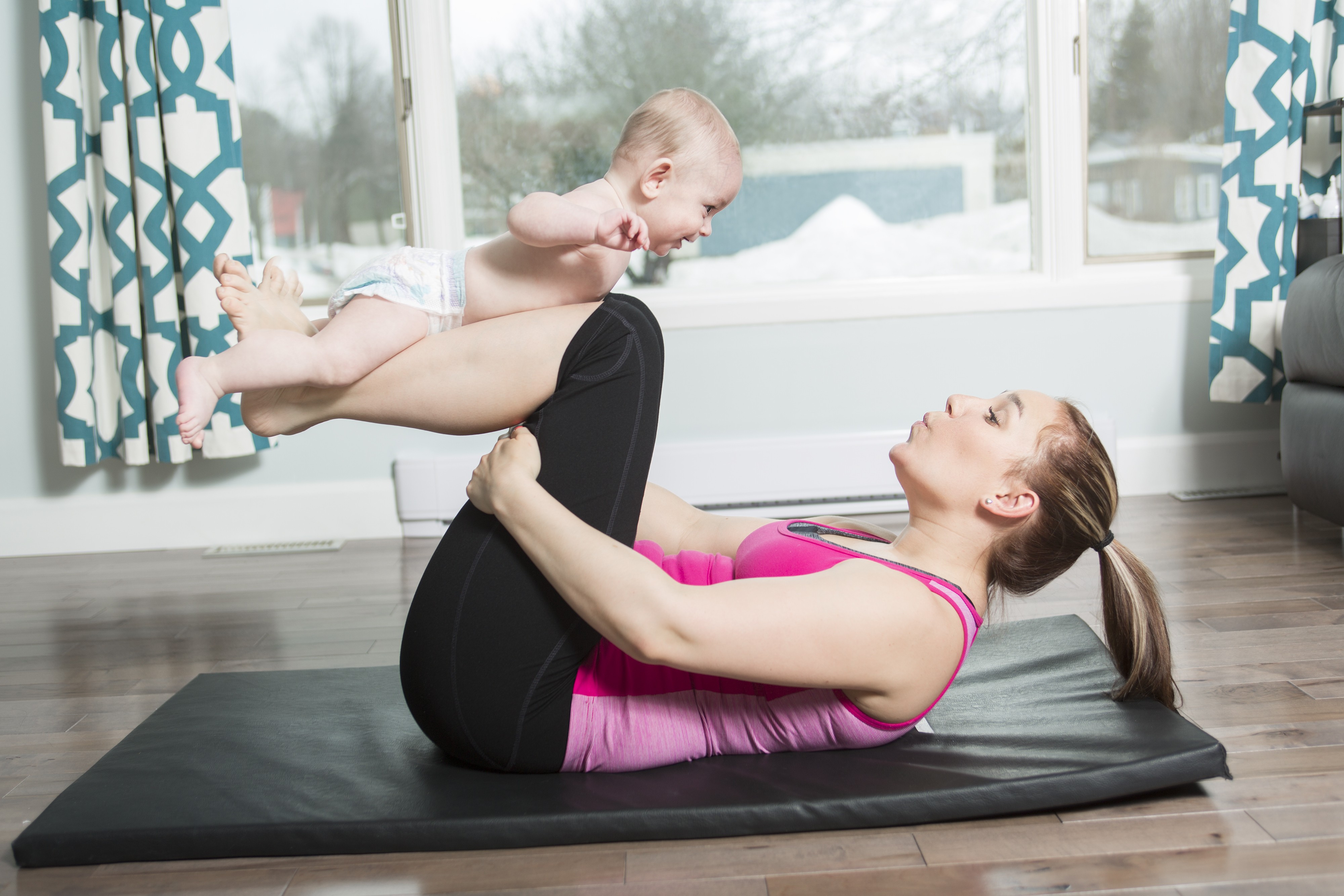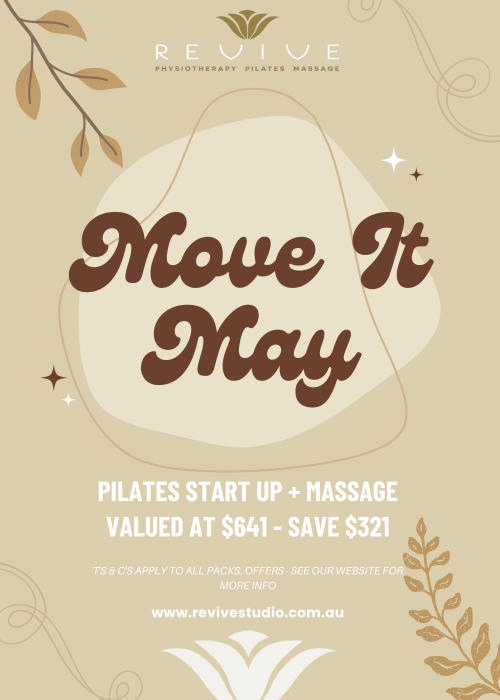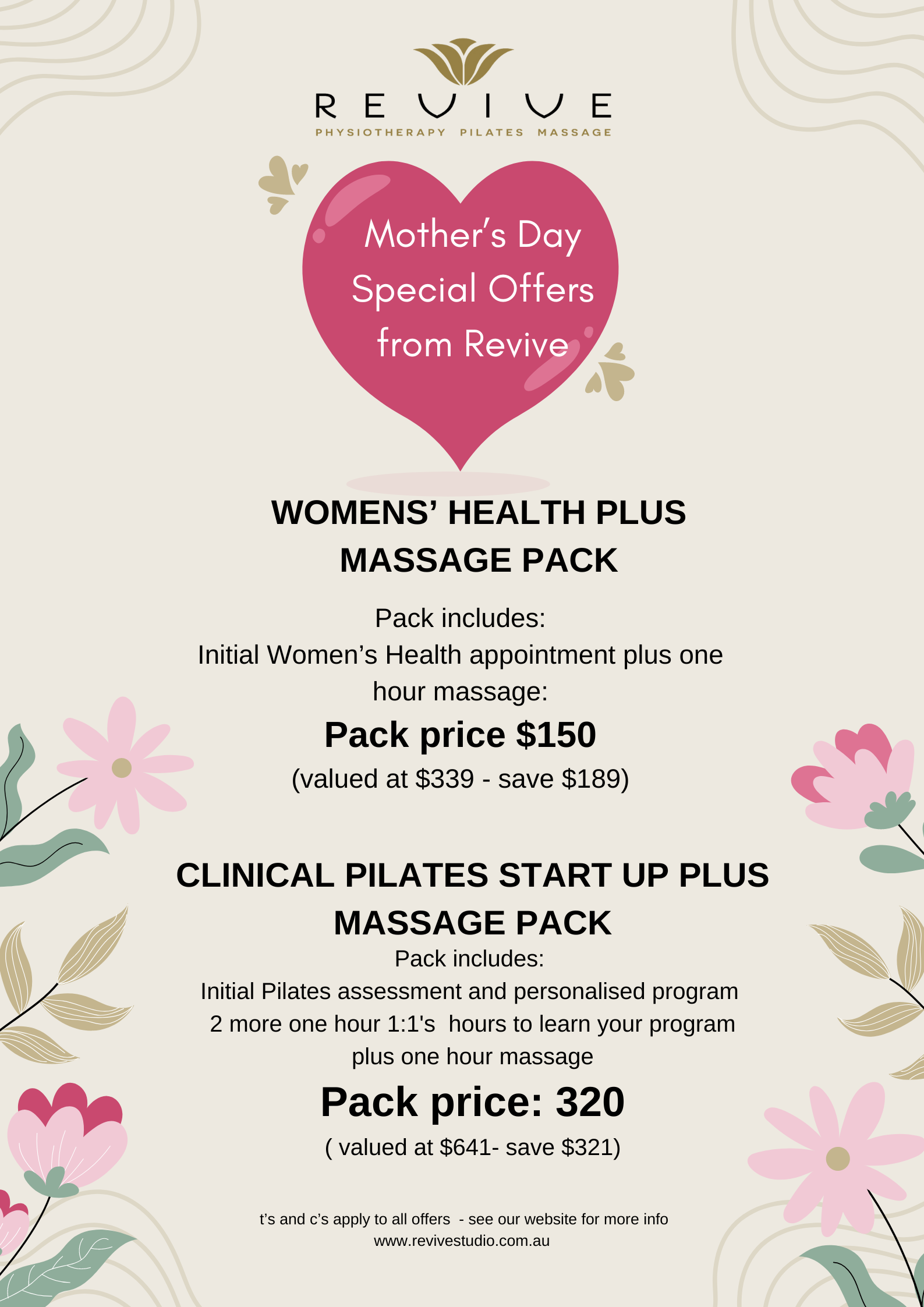JULY NEWSLETTER
Editorial
R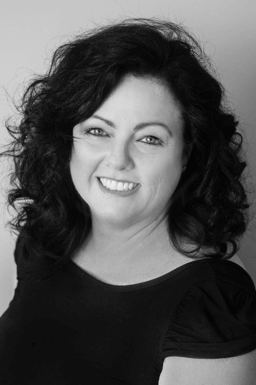 unning
is such a great activity for general fitness, health and stress management. Starting out as a new runner can be a bit daunting and you can
easily run into injuries if you don’t have good technique, shoes and training load. We can assist the novice runner through to the elite
athlete with running issues and in this edition, we focus on the good, bad and ugly of running.
unning
is such a great activity for general fitness, health and stress management. Starting out as a new runner can be a bit daunting and you can
easily run into injuries if you don’t have good technique, shoes and training load. We can assist the novice runner through to the elite
athlete with running issues and in this edition, we focus on the good, bad and ugly of running.
We are in the first week of school holidays at the moment and the clinic is a little quieter than usual so take advantage of the time some of our physios have and come and get that niggle sorted before school goes back and the hampster wheel grinds back into action.
Deb, Lisa and myself are excited to be undertaking the PINC Cancer rehab course next month and we can’t wait to relaunch our cancer rehab services at Revive – stay tuned for more information.
Have a wonderful July - Jules x
Running Services at Revive
 There’s a lot required to keep a runner’s body injury free and functioning optimally. Being able to run kilometre after kilometre requires
dedication and motivation; but being able to do it pain free requires conditioning, an appropriate training program and often a good physio!
There’s a lot required to keep a runner’s body injury free and functioning optimally. Being able to run kilometre after kilometre requires
dedication and motivation; but being able to do it pain free requires conditioning, an appropriate training program and often a good physio!
At Revive we offer a range of services to help beginner and seasoned runners be able to do what they love to do – placing one foot in front of the other. From running assessments and injury management to training programs and exercise prescription, we can help you out.
Molly is our resident “running physio”. With a keen interest in running she can carry out a running assessment and set specific exercises to address individual issues for each runner. So, whether you are training for the couch to 5km or your next marathon get ahead of the pack and book in to see Molly now.
90% of runners have insufficient technique to ward off injury and perform optimally.
80% of runners are not functionally strong enough to run efficiently.
75% of runners will get injured within a 12-month period.
Running – Where to Start
It may seem surprising to learn all the different ways that running can i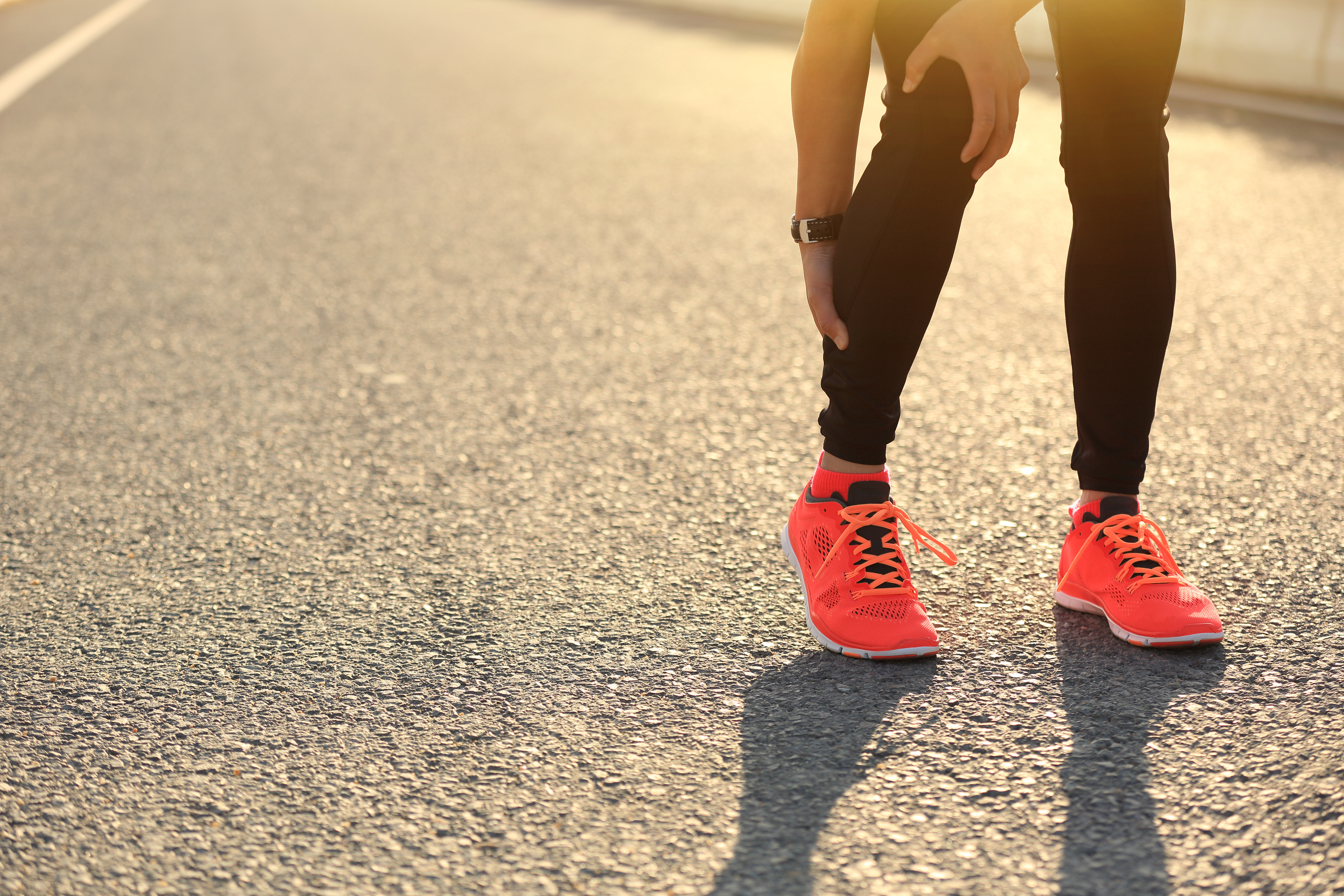 mprove
your health. Running really is incredibly beneficial to the body, mind, and spirit, and you will find that even short runs can leave you
feeling more energised, more focused, and better able to enjoy all that life has to offer.
mprove
your health. Running really is incredibly beneficial to the body, mind, and spirit, and you will find that even short runs can leave you
feeling more energised, more focused, and better able to enjoy all that life has to offer.
If you are starting out with running, you need to start with a training plan that begins with more walking than running and gradually increase the amount of running in the program until you are jogging for about 30 mins at a comfortable pace. This should happen over about 8 weeks starting in week 1 with running for one minute and walking for 2 minutes and gradually increasing the running time until you are running continuously for the 30 minutes by the end of week 8.
Research has shown that 30 minutes is enough to help you lose or maintain weight and improve many other important health markers, for example, your cholesterol, blood pressure, and insulin response. You may however decide to go on and run further and increase your speed. Joining a running club or running for a cause can keep you focused and motivated. Fun runs and park runs are a great idea and are usually inexpensive.
Running with others, particularly experienced runners is a great way to learn tips and hints on improving your running style and fitness and safely increasing the distances you are running.
As a beginner runner or if you are returning to running make sure you don’t rush the process–be patient and go slow. Consider a check-up with your doctor if you are overweight or over 40 and not accustomed to exercise.
It is also a good idea to see a physiotherapist if you have and knee, foot, shin or back pain or stiffness for advice on avoiding
injury, choosing the right shoe for you and strengthening exercises for the muscles you use most when you run (including your core) . This
can help you get on top of any issues before they lead to pain and injury. When you start any exercise that is new you can expect to feel
some muscle stiffness and post-exercise soreness that is generally worse two days after exercising. Some things that you can do to
relieve this pain include stretching and heat application.
This is called delayed onset muscle soreness (DOMS) and is completely normal. Be concerned however if pain is sharp or aching in nature, wakes you up or makes you limp and if it is associated with swelling, redness and heat. The sooner you address this type of pain the better and usually some minor changes and advice can keep you running and not let your hard work go to waste.
Schedule your training sessions in your diary and make them a priority so you don’t cancel on yourself. Expect that you will have bad days when it seems hard and as if you aren’t making progress, but if you stick to the plan you will reap the benefits and enjoy your running!
The Importance of Stretching
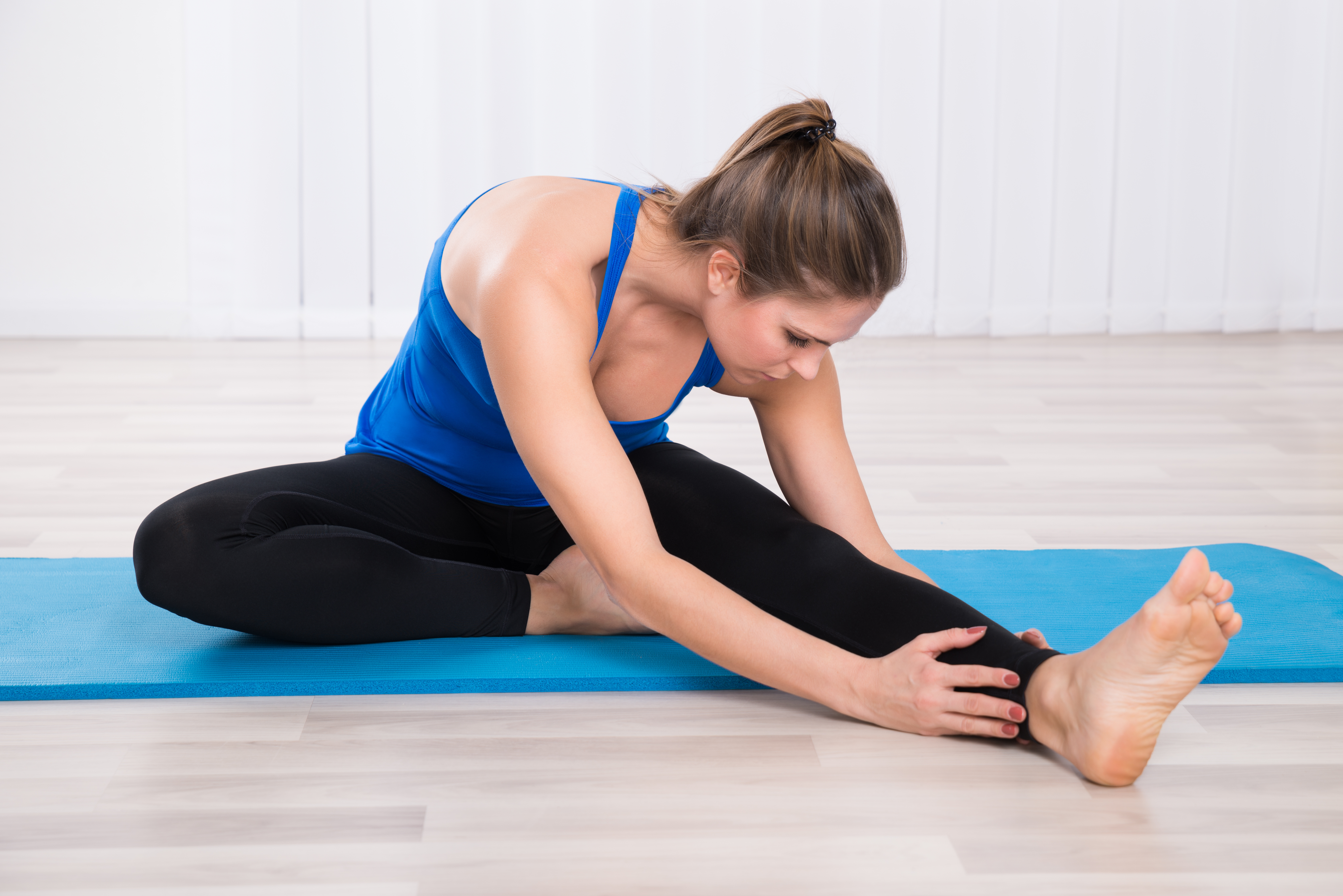 Running makes your legs strong, toned, and, unfortunately, tight. With every step you take your quads, hamstrings, calves, and hip muscles
contract over and over to create the tension and energy that propels you down the road. After many repetitions, those hardworking muscles
and tendons can develop imbalances and tension, slowing you down and paving the way for common overuse injuries like ITB friction syndrome
and Achilles tendonitis. So, what to do?
Running makes your legs strong, toned, and, unfortunately, tight. With every step you take your quads, hamstrings, calves, and hip muscles
contract over and over to create the tension and energy that propels you down the road. After many repetitions, those hardworking muscles
and tendons can develop imbalances and tension, slowing you down and paving the way for common overuse injuries like ITB friction syndrome
and Achilles tendonitis. So, what to do?
Pre-run it’s best to carry out a dynamic stretching routine – this means taking the muscles you are going to be using through their full range while moving (not holding the stretch). These are stretching movements like leg swings and high knee skipping. A specific functional warm up can be a good idea also and involves walking or light jogging prior to commencing your workout. The idea is to increase your body temperature and gently get the legs moving and ready to work at speed. Spend at least 5 mins on your dynamic warm up.
Static stretching is important to do at the end of your run. Static stretches can bring your heart rate down, cut your risk of injury and lessen muscle soreness following training sessions.
These stretches are held for up to 30 seconds and are important to stop muscle imbalances which can lead to injury occurring. Don’t stretch past the point of mild discomfort and never to the point of pain.
By making stretching part of your regular running routine you are more likely to avoid unnecessary aches and pains, keep moving and achieve your running goals.
Common Causes of Injury
It’s no mystery that pounding the pavement kilometre after kilometre can lead to wear and tear on your body. But what are the main factors that cause these injuries to runners?
Muscular Imbalances
Tension and tightness in certain muscles, alongside weaknesses in supporting and stabilising ones, can lead to suboptimal biomechanics when running. This can put undue strain and load through the structures of the body and lead to aches, pains and injury.
Technique
One foot in front of the other, right? Right. But it can be a bit more complex than that. There is an optimal technique to running that maximises efficiency and minimises strain and load through the body. If you’re serious about getting into running, then having an assessment with a physio is worthwhile.
Incorrect Footwear
Everyone’s feet are different. Some need more cushioning, others more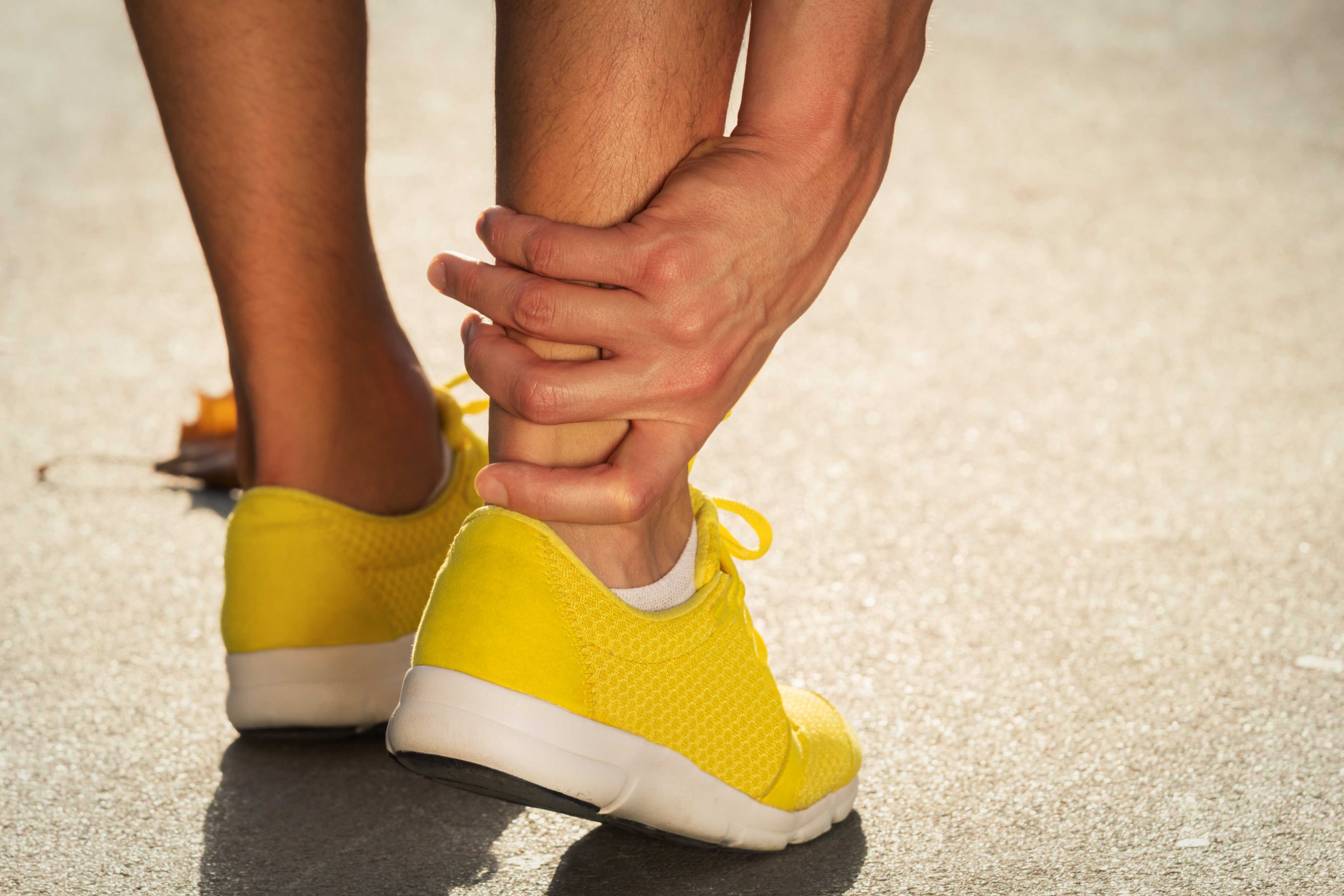 support. Your physio can help determine your foot type and footwear requirements to make sure you’re getting all you need out of your
shoes.
support. Your physio can help determine your foot type and footwear requirements to make sure you’re getting all you need out of your
shoes.
Training
Too much, too soon can lead to injuries when it comes to running. No matter if you’re a novice or a seasoned runner, increases in training need to be carefully and gradually introduced so as not to put too much load on our body.
Inadequate Nutrition
It’s important to ensure you fuel your body correctly pre and post training. Carbohydrates are often beneficial prior to longer sessions to provide you with sufficient energy, whereas both carbohydrates and protein are important to replenish yourself post training.
JULY SPECIAL OFFERS
OUR LARGE ETS/PILATES PACKS ARE ON SALE THIS MONTH
30 pack 30 pack
$1290 ($43/session) Save $150 $1290 ($43/session) Save $150
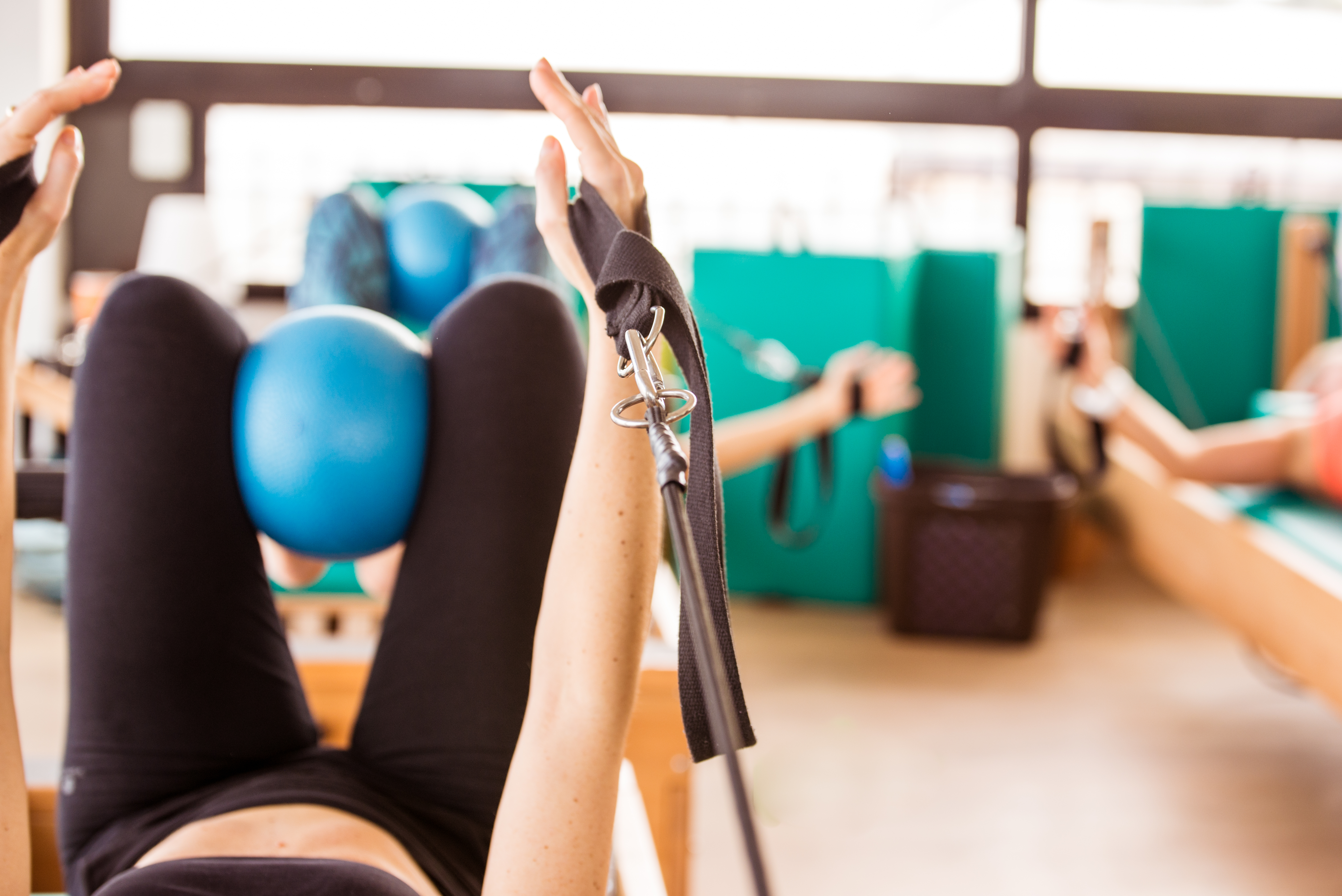
40 pack 40 pack
$1640 ($41/session) $1640 ($41/session)
Save $280 Save $280
50 pack 50 pack
$1950 ($39/session) $1950 ($39/session)
Save $450 Save $450
60 pack 60 pack
$2220 ($37/session) $2220 ($37/session)
Save $660 Save $660
Terms, conditions and expiry dates apply to all packs
Staff Profile – a Q & A with our superstar Running Physio Molly
Q: How long have you been a physio for?

Q: When did you first start running? Q: What is your favourite distance
to run?
Q: What is your proudest running moment?
Q: What do you love most about working with runners as a physio?
A: I graduated in 2013
A: I started running in grade school and haven't stopped since!
A: I love anywhere from 5-10km. I have run half marathons which I love.
A: My most perfect run was 15km - I hit every km under 5mins and just felt super! Not every run feels that easy, so when it happens it's great.
A: The passion that people have to run. Whether it’s a hobby like a park run, a way to keep fit; or to chase down a time/distance - it’s always fun.
.svg)
